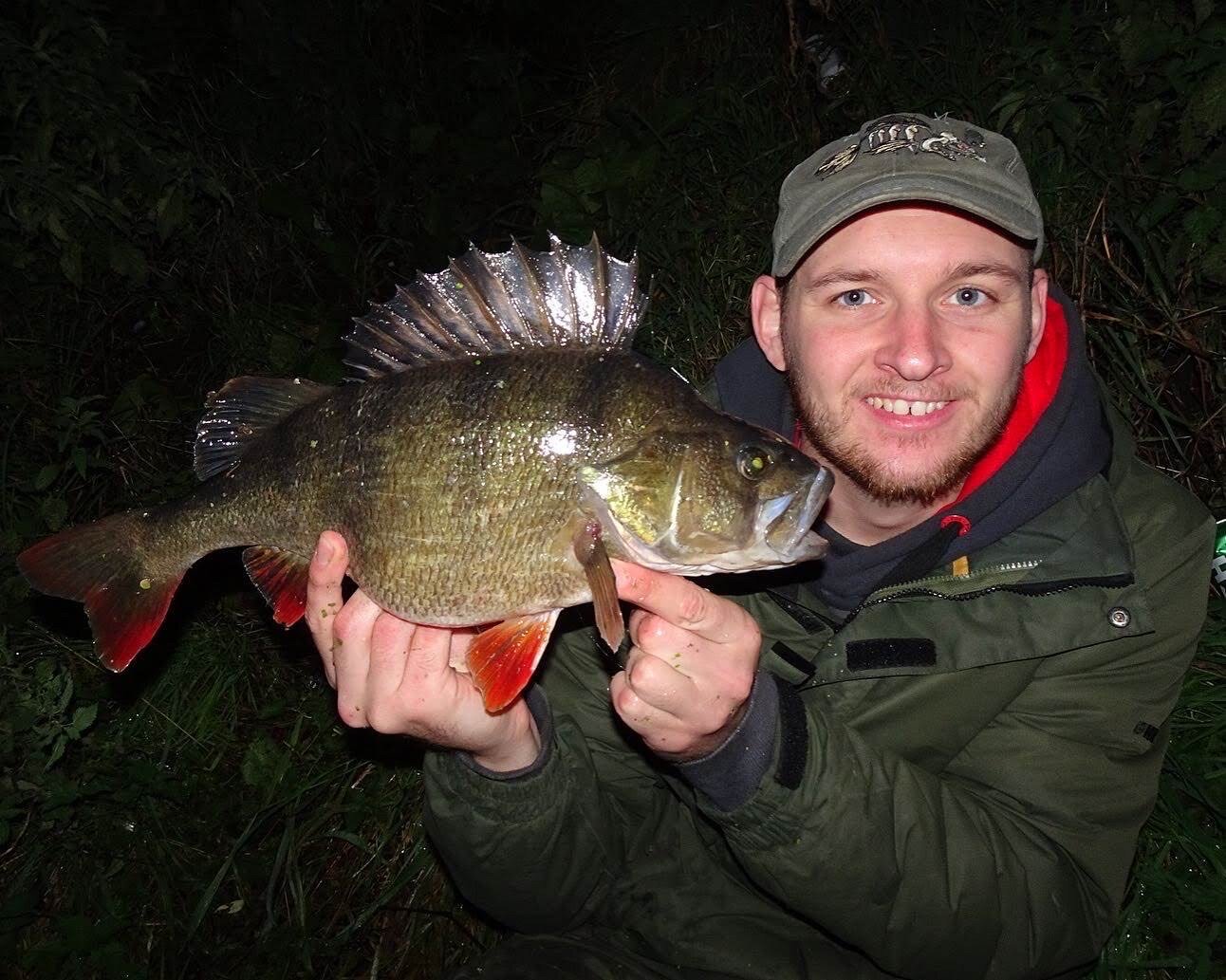Lure Fishing Tips | How to fish the Ned rig for perch - Ian Jones
There are a number of ways you can fish the Ned Rig but my preference is for the ‘twitch, twitch, pause’ technique. The secret to the success of this approach lies in the lures which are made from a buoyant material that makes the lure appear alive – especially when mounted on to a jig head and twitched along the bottom.
Most of the time I’ll cast my Ned Rig to the far bank, let it sink, then start the ‘twitch, twitch, pause’ retrieve. Every time you twitch the lure it kicks up dirt or silt which imitates a feeding baitfish and causes the perch to home in and investigate. When you pause the lure, the tail will waft enticingly upwards and I’ve found it’s at this moment when the lure is engulfed. It’s almost like feeder fishing because you can watch the tip pull round!
This technique has caught me countless perch from canals, rivers and stillwaters too.
The Ned Rig
How to do it…
The lure has remained on the bottom for several seconds without a take. Time to give it a twitch.
The twitch causes the lure to ‘hop’ across the bottom before settling again a few inches from its starting point.
Time to twitch the lure again. You might wish to vary the strength of the twitch so the lure behaves a little differently.
Continue the ‘twitch, twitch, pause’ sequence until you get a bite. Remember, with the Ned Rig you are just as likely to get a bite when the lure is stationary as you are when it’s moving.
Big perch love the Ned rig!
Commercial Fishing Tips | Catch a big weight of perch with Steve Ringer
Over the last few years, one fish that’s really come to the fore on commercial fisheries up and down the country is the perch.
And I’m not talking about just catching the odd one either because weights in excess of 50lb of perch have been caught on some waters. That’s exceptional fishing in anyone’s book. In fact, big perch have become so important on some lakes that they have acquired their own nickname of MVPs (most valuable perch)!
That’s certainly true in matches when the carp aren’t really feeding and five or six big perch for 10lb-plus can make a big difference at the final whistle, but for pleasure fishing, I think targeting perch can be even more rewarding.
They grow to quite a fair size and can be caught on relatively simple tactics too, so there’s no need for you to break out the specimen-hunting gear to have the chance of netting a 2lb-plus fish!
When the carp aren’t really feeding, five or six big perch for 10lb-plus can make a big difference
Fish the margins
The best place to target perch on commercials is in the margins. They love to patrol the edges, and if your margins have a feature such as an overhanging tree, that’s even better. You want to be fishing in 3ft of water to catch large numbers of perch. In fact, the deeper the edge is, the better it will be.
The best place to target perch on commercials is in the margins
Top perch baits
Worms are a good bait for perch, but once the water temperature drops, maggots and casters are better. Double maggot is a decent-sized hookbait, and when the water is clear fishing one white and one red maggot makes a huge difference. The white maggot definitely gets you more bites.
Double maggot is a decent-sized hookbait
Strike hard!
Big perch have very hard, bony mouths. Setting the hook when perch fishing is key, so I use a slightly heavier elastic, Orange Hydro. You need to strike firmly – a gentle lift won’t cut it! You also need to be patient when the float goes under. Try and wait that extra second before striking.
Setting the hook when perch fishing is key
Feeding tips
Little and often is usually best, but I’ll try and give the fish an hour to settle. Starting feed is 10 to 15 maggots or casters every 90 seconds or so, which I then adjust accordingly once I’ve made the switch. If there are lots of small perch, I’ll up the amount I’m feeding to draw in some bigger ones.
Up the amount of feed to draw in some bigger ones







